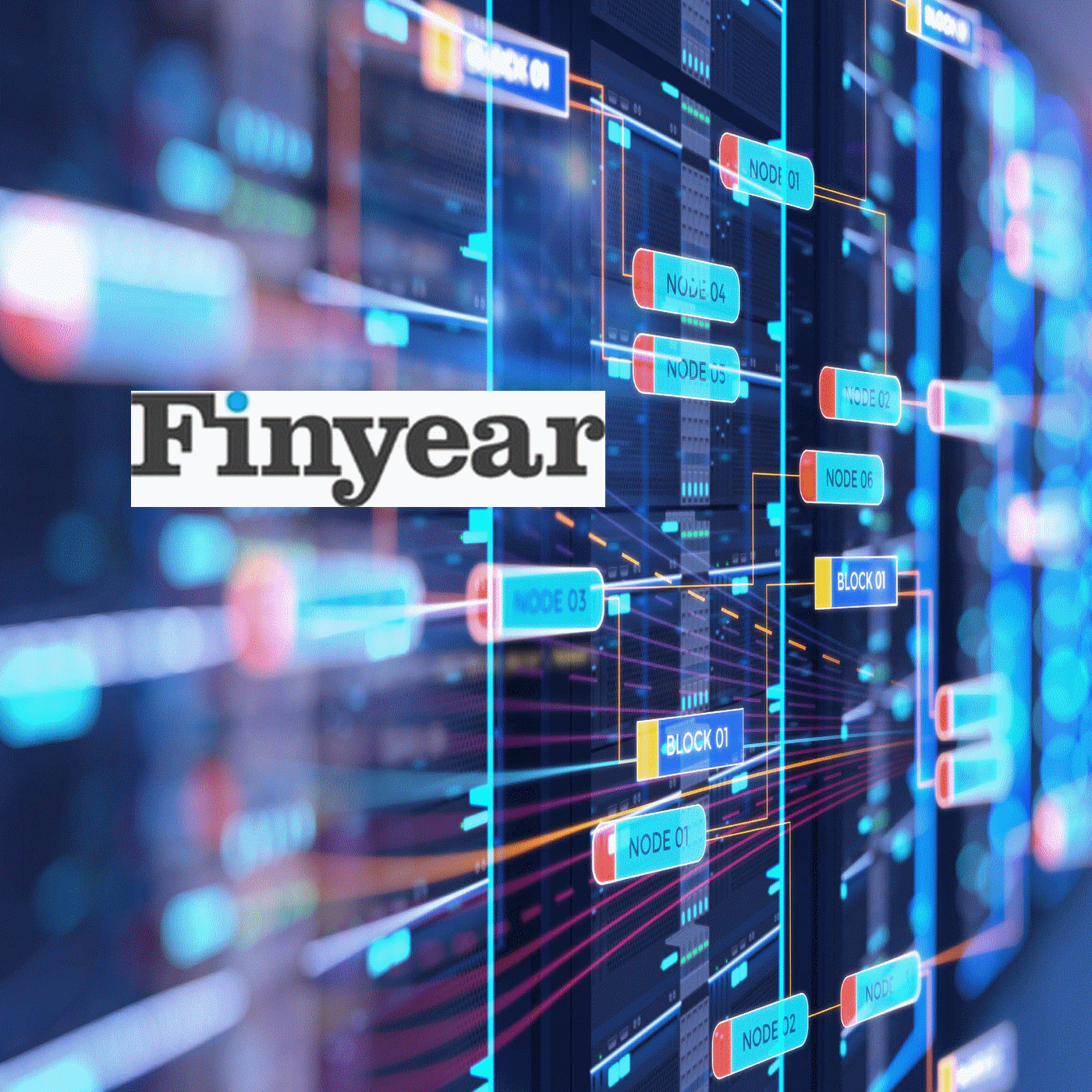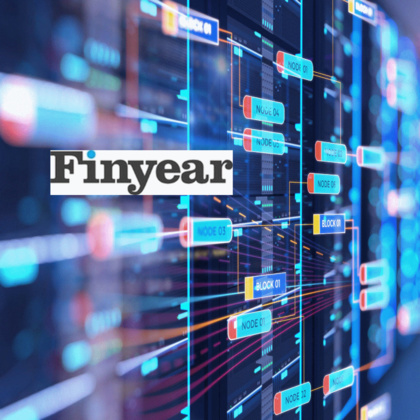Consequently, they produce larger volumes of carbon emissions than the BTC ecosystem does. The site concludes that the traditional finance systems produce nearly 400 million metric tonnes of Co2 annually. That's four times BTC's carbon footprint.
"It's true that Bitcoin mining uses a lot of energy and produces significant amounts of waste," says TradingPlatforms' Edith Reads. She adds, "But it's also true that the fiat money system produces far more waste because of its even greater energy consumption. The production of coins, bills, transportation, and banks' security all require energy. When you compare Bitcoin mining to these activities, its carbon footprint isn't as bad as they make it seems."
BTC Consumes Less Energy than Legacy Finance Systems
BTC mining is often criticized for its high energy consumption. However, it's essential to put this number into perspective. The legacy finance system consumes 2.34 billion gigajoules of energy each year.
BTC mining, on the other hand, uses just 540 million gigajoules. That means that BTC mining uses just a fraction of the energy of the legacy financial system. Meanwhile, gold mining and recycling consume 500 million gigajoules of energy each year.
That said, the difficulty in gold mining is increasing as deposits diminish. That means that gold mining ventures will require more energy in the future. That will see their energy demand shoot up significantly.
Traditional Banking Systems Cost More Economically
Regarding the economic costs of different activities, the legacy banking system is by far the most expensive. It costs the global economy $1.87 quadrillion annually to maintain it. In comparison, gold mining and recycling come second, costing $145 billion.
Currency printing then follows, setting back the global economy by $28 billion. Finally, Bitcoin comes in fourth, costing just $400 million. This data demonstrates that the legacy banking system is significantly more expensive than even the most costly cryptocurrency.
The full story and statistics can be found here:Fiat Money System's C02 Footprint 4X that of Bitcoin
"It's true that Bitcoin mining uses a lot of energy and produces significant amounts of waste," says TradingPlatforms' Edith Reads. She adds, "But it's also true that the fiat money system produces far more waste because of its even greater energy consumption. The production of coins, bills, transportation, and banks' security all require energy. When you compare Bitcoin mining to these activities, its carbon footprint isn't as bad as they make it seems."
BTC Consumes Less Energy than Legacy Finance Systems
BTC mining is often criticized for its high energy consumption. However, it's essential to put this number into perspective. The legacy finance system consumes 2.34 billion gigajoules of energy each year.
BTC mining, on the other hand, uses just 540 million gigajoules. That means that BTC mining uses just a fraction of the energy of the legacy financial system. Meanwhile, gold mining and recycling consume 500 million gigajoules of energy each year.
That said, the difficulty in gold mining is increasing as deposits diminish. That means that gold mining ventures will require more energy in the future. That will see their energy demand shoot up significantly.
Traditional Banking Systems Cost More Economically
Regarding the economic costs of different activities, the legacy banking system is by far the most expensive. It costs the global economy $1.87 quadrillion annually to maintain it. In comparison, gold mining and recycling come second, costing $145 billion.
Currency printing then follows, setting back the global economy by $28 billion. Finally, Bitcoin comes in fourth, costing just $400 million. This data demonstrates that the legacy banking system is significantly more expensive than even the most costly cryptocurrency.
The full story and statistics can be found here:Fiat Money System's C02 Footprint 4X that of Bitcoin
------------------------------------------------------------------------
Disclaimer: The text above is a press release that was not written by Finyear.com.
The issuer is solely responsible for the content of this announcement.
Avertissement : Le texte ci-dessus est un communiqué de presse qui n'a pas été rédigé par Finyear.com.
L'émetteur est seul responsable du contenu de cette annonce.
Disclaimer: The text above is a press release that was not written by Finyear.com.
The issuer is solely responsible for the content of this announcement.
Avertissement : Le texte ci-dessus est un communiqué de presse qui n'a pas été rédigé par Finyear.com.
L'émetteur est seul responsable du contenu de cette annonce.
Autres articles
-
Spendesk complète son offre en devenant établissement de paiement
-
Nomination | Swan structure sa direction avec l'arrivée de Camille Tyan au poste de Directeur Général
-
Dogizen, la première ICO sur Telegram, séduit les experts avec une augmentation de 1,4 million de dollars.
-
Klarna affiche sa pleine forme, avant son IPO en 2025 ?
-
Revolut : ses quatre grands projets pour 2025
















